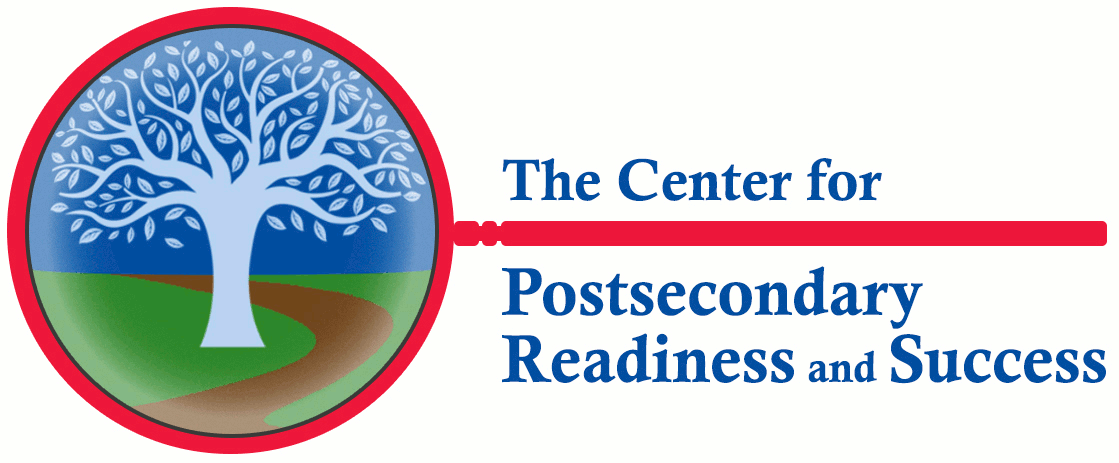ScholarWorks > WMU > JCA > Vol. 5 (2020) > Iss. 1
Abstract
A sizable number of low-income high school graduates enroll in colleges less selective than their academic qualifications would allow or forgo postsecondary altogether despite being college-ready. One potential cause of this “undermatching” is that some students have limited access to information about their college options. We hypothesize that providing students with more and better information about the relationship between their academic preparation and college options may promote college-going. The purpose of this study was to develop a predictive model of admissions to public 4-year institutions using data from Texas’ statewide longitudinal data system in order to build a student-facing tool that predicts admissions decisions. We sought to include only variables for which students have some control over, namely academic characteristics, but compared the predictive accuracy of this reduced model to more complex models that include demographic variables commonly used in higher education research. We show the reduced model successfully predicts admissions decisions for approximately 85% of applications. The addition of demographic variables, despite showing a statistically significant better fit of the data, do not substantively change the predictive accuracy of the model. We include a demonstration of a data visualization tool built on this predictive model using the open-source R statistical software that can be used by students, parents, and educators. We also discuss causes for both optimism and caution when using predictive modeling to develop student-facing tools.
Recommended Citation
Giani, Matt S. and Walling, David
(2020)
"Will I Get In? Using Predictive Analytics to Develop Student-Facing Tools to Estimate University Admissions Decisions,"
Journal of College Access: Vol. 5:
Iss.
1, Article 4.
Available at:
https://scholarworks.wmich.edu/jca/vol5/iss1/4


